
Published:
Readtime: 12 min
Every product is carefully selected by our editors and experts. If you buy from a link, we may earn a commission. Learn more. For more information on how we test products, click here.
Look, we Australians don’t dominate the Australian Open the way it once did. That’s just the reality of modern tennis. But over the years, there have still been moments in Melbourne that cut through, whether they ended with the bickies or not.
Whether you’re talking about Ash Barty, who lifted the Daphne Akhurst Memorial Cup, Kyrgios and Kokkinakis winning their doubles, or the genuine wheelchair dominance from the legend Dylan Alcott, these are the greatest Australian moments at the Australian Open, counted back from the most recent to Mark Edmondson, who was the last Australian, ranked 212 in the world, to win the Australian Open more than 50 years ago.
Ash Barty Ends the Wait (2022)
Ash Barty came into the 2022 Australian Open as world No. 1, which meant the pressure was always going to be there. What surprised people was how little it seemed to affect her.
From the opening rounds, she was in control. Matches didn’t drag on, service games were quick, and when she got ahead, she stayed there. She didn’t drop a set all tournament, and by the time she reached the final against Danielle Collins, it felt less like a question of whether she’d win and more about how cleanly she’d get it done.
The final followed that script. Barty won in straight sets, shut down any late nerves, and ended a 44-year wait for an Australian woman to win the singles title in Melbourne. It wasn’t chaotic or emotional in the way some home wins are. It just felt right.
When she retired a few months later, that win took on even more weight. World No.1, Australian Open champion, and no loose ends left behind.
Kyrgios and Kokkinakis Win the Doubles (2022)
Nick Kyrgios and Thanasi Kokkinakis were never meant to be a serious doubles pairing. They entered the 2022 Australian Open as wildcards, played late sessions, and treated most of their early matches like a bit of fun.
Then they kept winning.
As the rounds went on, the crowds grew, and the atmosphere shifted. People started turning up early for doubles. Matches that would usually be background noise suddenly felt like the main event. Kyrgios and Kokkinakis fed off it, playing fast, taking risks, and leaning into the noise rather than fighting it.
By the time they reached the final, the novelty was gone. And in its place was pure determination to win.
And win they did.
Dylan Alcott Owns Melbourne Park (2015–2022)
Dylan Alcott didn’t just win at the Australian Open. He turned it into his tournament.
Across multiple years, Alcott kept coming back to Melbourne and doing the same thing. Winning matches. Winning titles. And doing it in a way that made it hard to treat wheelchair tennis as something happening off to the side. His finals moved onto the main courts, the crowds stayed in their seats, and by the end of his run, his matches were part of the main schedule, not the undercard.
Despite a long stretch without Australian tennis singles victories, Alcott kept the trophy cabinet well stocked. By the time he won his final Australian Open title in 2022 and then retired, it felt like the end of an era. One matched only by Ash Barty.
Alex de Minaur Keeps Turning Up (2019–2024)
Alex de Minaur hasn’t won the Australian Open, and he hasn’t come particularly close. But for a stretch there, he was the Australian men’s player you could rely on to still be around when the tournament settled into its second week.
Year after year, de Minaur made his way through the early rounds, usually by outworking opponents rather than overpowering them. He ran everything down, stayed in rallies longer than most players wanted, and made seeded opponents earn it. When he lost, it was usually to someone ranked higher, playing better tennis on the day.
In a period where Australian men’s tennis often promised more than it delivered, de Minaur reset expectations. He didn’t burn bright or crash out early. He just kept showing up, which at the Australian Open has counted for more than it might sound.
Kyrgios Breaks Through at Home (2015)
Nick Kyrgios arrived at the 2015 Australian Open with a reputation already forming, but not much to show for it in Melbourne. That changed over one long night.
In the fourth round against Andreas Seppi, Kyrgios looked gone more than once. He saved match point, stayed in the fight, and eventually got through in five sets after more than three and a half hours on court. It wasn’t polished tennis, but it was stubborn, and the crowd stuck with him the whole way.
The run ended in the quarter-finals against Andy Murray, who shut things down quickly. But by then, the damage was done in the best way. Kyrgios had become the first Australian man to reach the final eight at the Australian Open since Lleyton Hewitt a decade earlier, and the first teenager to do it since 1990.
It felt like the start of something bigger. What followed hasn’t always matched that night, but for a moment, Australian tennis had its next storyline.
Jelena Dokic’s Australian Open Comeback (2009)
Jelena Dokic hadn’t played the Australian Open properly in years when she walked out at Melbourne Park in 2009. By then, most people weren’t sure what to expect, or whether to expect anything at all.
Given a wildcard entry, Dokic started winning matches straight away. She beat Caroline Wozniacki, handled the attention that followed, and suddenly found herself in the quarter finals. Each round brought bigger crowds and louder support, not out of hype, but recognition.
Sadly, the run ended there. But even in her defeat, Dokic had become just the second Australian woman in 30 years to reach the quarter finals in Melbourne.
Lleyton Hewitt Reaches the Final At Home (2005)
Lleyton Hewitt had already won Wimbledon and the US Open by the time the 2005 Australian Open came around. The one thing missing was a singles final in Melbourne.
That year, he finally got there. Hewitt came through the draw and set up a semi-final against second seed Andy Roddick. It was a tight, tense match, but Hewitt handled it better, coming from a set down to win and become the first Australian man since Pat Cash in 1987 to reach the Australian Open final.
The final itself didn’t go the way the crowd hoped. Hewitt won the first set against Marat Safin, but Safin was too strong from there, pulling away to win in four. A home title wasn’t to be.
Hewitt never made another Australian Open final. In the end, 2005 stands as the closest he came to lifting the trophy in Melbourne.
Pat Rafter Falls Short in His Final Melbourne Run (2001)
Pat Rafter had already done most of his damage elsewhere by the time the 2001 Australian Open came around. Two US open titles, a pair of Wimbledon finals, and a reputation as one of the game’s great serve-and-volley players. What he didn’t have was a singles final at home.
The tournament was his last real chance. Rafter played his way into the semi-finals and came up against Andre Agassi in a match that felt just as significant as the final. It went the distance, swung back and forth, and had the crowd on the edge of their seat from the first tennis ball bounce.
Rafter took a two-sets-to-one lead and looked like he might finally get through. Then his body started to give out. Cramp set in, the points dragged on, and Agassi slowly took control. The American closed it out in five sets, ending Rafter’s run in Melbourne for good. Rafter retired later that year.
Mark Woodforde Goes It Alone (1996)
Mark Woodforde was known almost entirely as a doubles player by the mid-90s, which made his singles run at the 1996 Australian Open feel slightly unexpected.
After getting past Mark Philippoussis earlier in the tournament, Woodforde upset seventh seed Thomas Enqvist to reach the semi-finals. It came in his 38th grand slam appearance, the longest wait for a first major semi-final in the Open era. The run ended against Boris Becker, and it would be Woodforde’s only trip beyond the fourth round of a singles draw in a long career built elsewhere.
Mark Philippoussis Stuns Sampras (1996)
Mark Philippoussis announced himself at the 1996 Australian Open with one of the tournament’s more unexpected results. The 19-year-old took out world No.1 Pete Sampras in the third round, winning in straight sets and leaning heavily on a serve that was already difficult to deal with.
The run didn’t last. Philippoussis lost to compatriot Mark Woodforde in the next round, and Melbourne would remain a frustrating stop across his career. He never made it past the fourth round at the Australian Open, despite reaching the finals of the US Open in 1998 and Wimbledon in 2003.
The Woodies Restore Doubles Order (1992 & 1997)
Mark Woodforde and Todd Woodbridge arrived at a time when Australian dominance in men’s doubles at the Australian Open had quietly slipped away. In 1992, they put a stop to that, winning their first grand slam title together in Melbourne and re-establishing Australia as a doubles force at its home major.
They did it again in 1997, by which point their partnership was already one of the most reliable in the sport. While singles success was becoming harder to come by, the Woodies kept delivering titles, year after year, often without much fuss. Between them, they made winning in Melbourne feel routine again, even when little else did.
Pat Cash Runs Into the Swedes (1987-88)
Pat Cash gave Australian fans something to latch onto again in the late 1980s, and the Australian Open was where it felt closest to paying off.
In 1987, the Melbourne local made his first grand slam final at home, coming up against Stefan Edberg. Cash fought his way back from two sets down and dragged the match into a fifth, but Edberg steadied and closed it out. A year later, Cash returned as the defending Wimbledon champion and made another run, only to be stopped again in the final, this time by Mats Wilander after a four-hour match that finished 8–6 in the fifth.
Cash beat world No.1 Ivan Lendl on the way to both finals, which made the losses harder to take. He never made another Australian Open final, but for a brief stretch, he made Melbourne feel like a place Australians could still expect something big to happen.
Chris O’Neil Wins It From Nowhere (1978)
Chris O’Neil wasn’t meant to be the one carrying Australian tennis into the future. Ranked outside the top tier and unseeded, she arrived at the 1978 Australian Open without much attention and left with the trophy.
O’Neil beat eighth seed Betsy Nagelsen in straight sets in the final, finishing off a tournament where Australians had once again made Melbourne feel like home. At the time, it barely registered as an outlier. Australian women had been winning the event for years.
Mark Edmondson Does The Unlikely (1976)
Mark Edmondson walked into the 1976 Australian Open ranked No.212 in the world and walked out with the singles title. It remains one of the most unlikely grand slam wins the tournament has ever seen.
Along the way, Edmondson beat Ken Rosewall in the semi-finals and then came up against John Newcombe in an all-Australian final. After losing the first set, he settled, outplayed the favourite, and won in four. For a brief moment, Australian tennis looked as deep as it ever had.
Edmondson never came close to repeating it in singles. He made just one more Australian Open semi-final and spent most of his career as a doubles specialist. Still, his 1976 win stands alone. No player ranked lower has ever won a grand slam before or since.
The Foundations: When Winning in Melbourne Was the Expectation (1969–1976)
Before the Australian Open became something Australians hoped to win, it was something they expected to win.
That stretch begins with Rod Laver claiming the first Australian Open of the Open era in 1969, part of a calendar-year grand slam that still stands alone. It continued through Ken Rosewall winning back-to-back titles in his late 30s, a record for longevity that hasn’t been touched since.
In between came Evonne Goolagong breaking through in 1974 after falling short in earlier finals, and John Newcombe claiming his final major in 1975, seeing off Jimmy Connors in four sets.
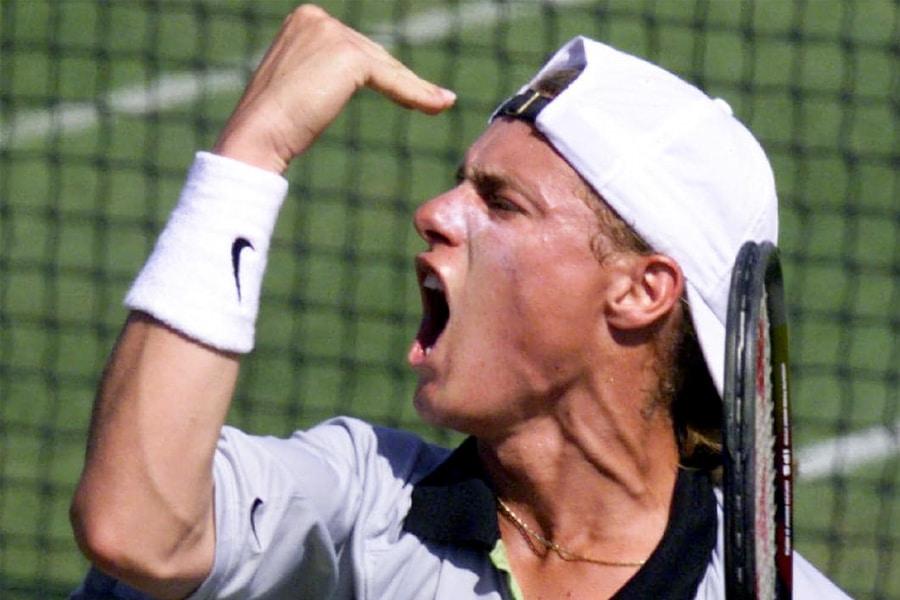

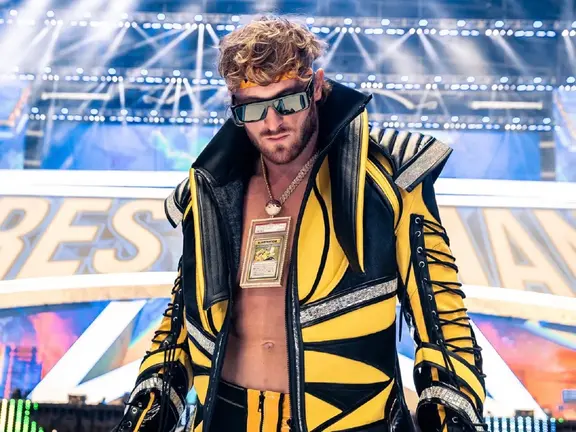











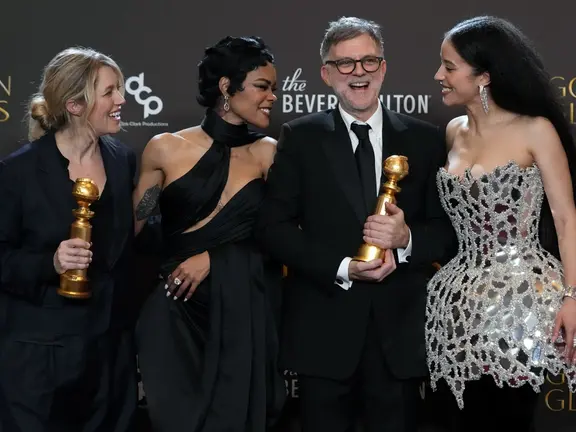










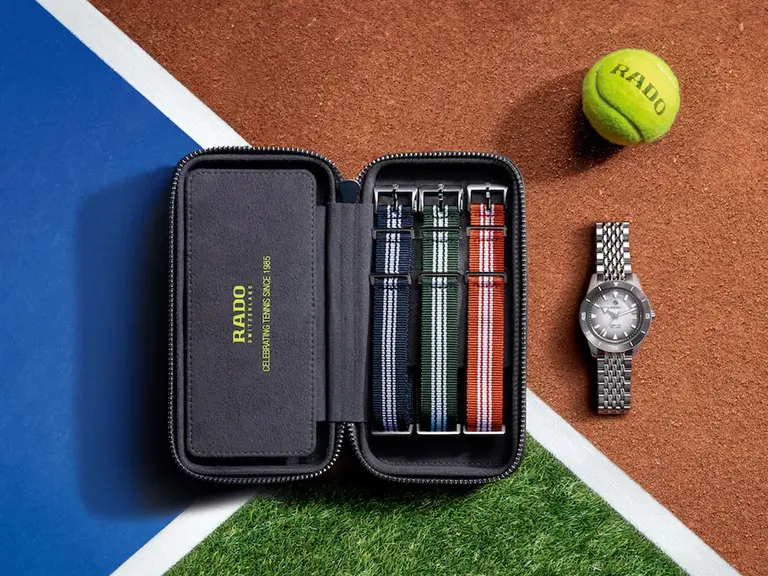



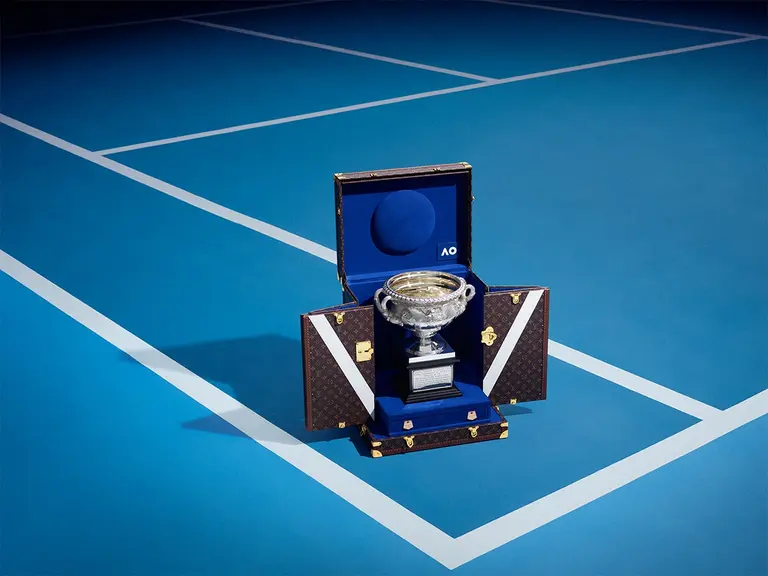

Comments
We love hearing from you. or to leave a comment.